Have you ever scratched your head over the term “APN”? Don’t worry; you’re not alone. The acronym stands for Access Point Name, and it’s way less intimidating than it sounds.
APNs are the gatekeepers between your device and the internet. They tell your smartphone or tablet how to connect to cellular data networks so you can browse social profiles, check emails, or stream music without a hitch.
Keep reading because I’ll dive deeper into what an APN is and why it’s important for your online connectivity.
What is an Access Point Name and Its Purpose?
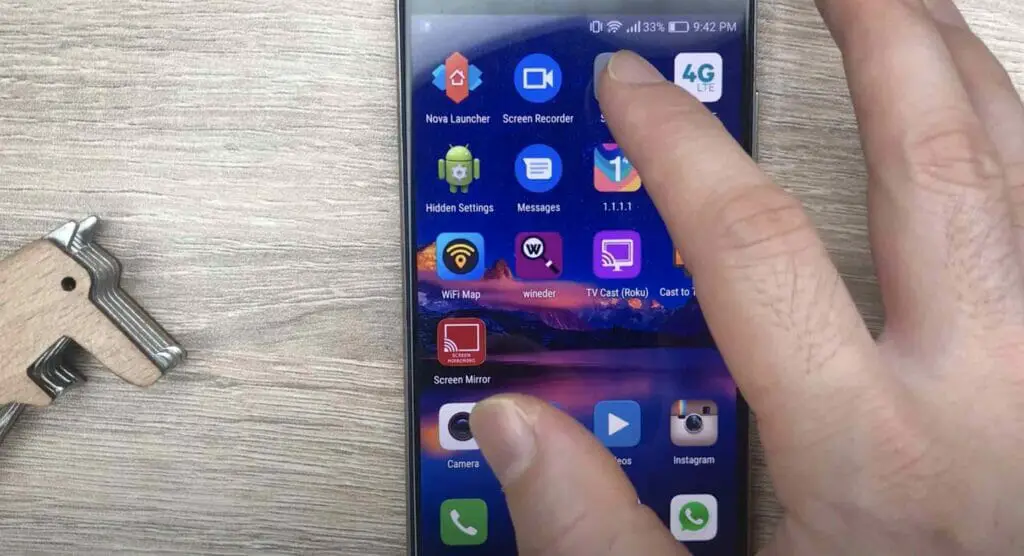
APN stands for Access Point Name.
It’s a term that gets tossed around in the tech world but leaves many of us scratching our heads.
So here’s the scoop: An Access Point Name (APN) acts like a gatekeeper between your phone and the big wide world of the internet.
It’s your device’s ticket to connect with your service provider’s mobile network.
The purpose of this little guy? It helps ensure that your device can communicate properly with the network.
Without it, there’d be no sending adorable cat videos to your mom or catching up on the latest social media gossip!
When discussing APNs, it’s important to understand how your mobile network operator defines them – think Verizon, AT&T, or T-Mobile. They set up these unique identifiers, and they help determine the following:
- The IP address that should be assigned to your device.
- The security methods that need to be used.
- How your device connects with other endpoints on the internet.
Each operator has its own set of APNs, and some will have more than one depending on their services offered – data plan variations or prepaid vs. postpaid plans, for instance.
So what happens if you change carriers? Your new provider gives you a new APN setting, which needs to be updated in your phone settings. Most devices do this automatically when you insert a new SIM card.
However, sometimes, this doesn’t happen smoothly, and manual input might be needed.
Sometimes, when you switch providers or travel internationally (and use a local SIM), you might need to tweak those settings so everything runs smoothly again manually!
In short, without getting too technical, an APN is essential for connecting our beloved devices to all things the Internet…so we can keep liking, posting, and sharing!
Common APN Settings Walkthrough
Access Point Name (APN) settings are your phone’s configurations to connect to the internet and receive MMS messages (multimedia messages) via your mobile network.
While these settings can vary depending on the mobile network you are using, some of the common APN settings you may need to fill in include:
1. Name: This field is used to identify the APN. It can be any name you choose and does not affect the APN’s functionality.
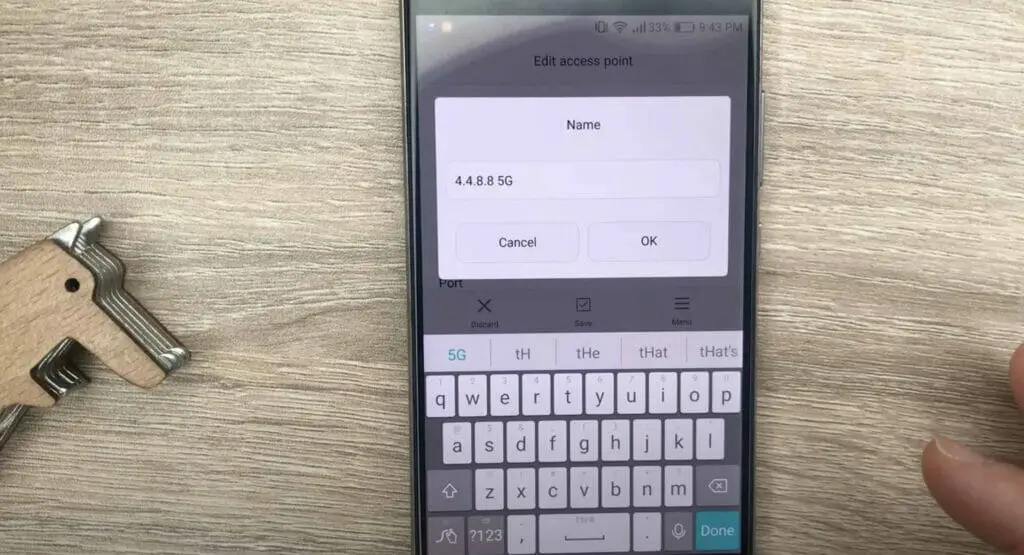
2. APN (Access Point Name): This is the most critical setting. It identifies the packet data network the mobile user wants to communicate with. You usually get this from your network provider.
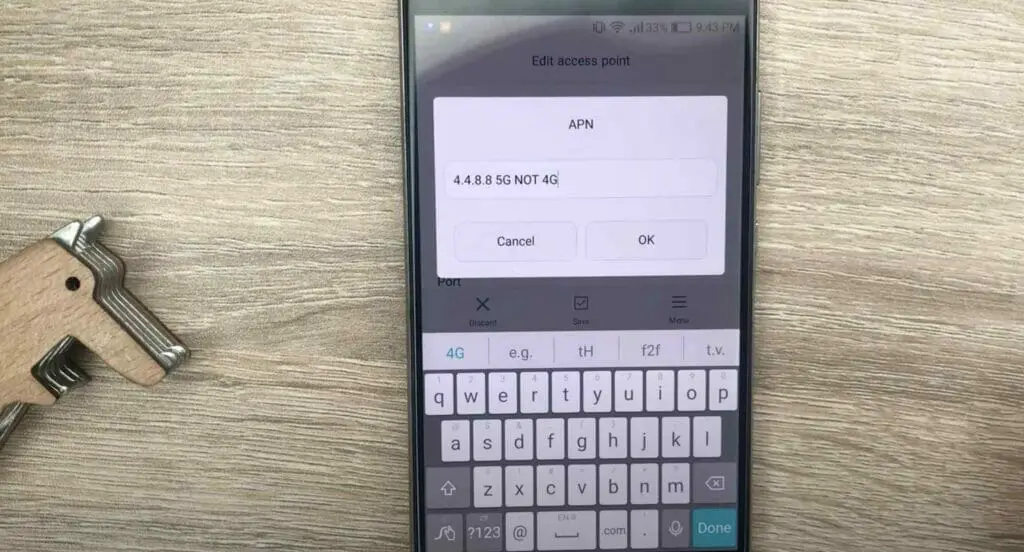
3. Proxy: This is the IP address and port of the HTTP proxy. Leave it blank if there isn’t one.

4. Port: It’s the port used with the proxy. Leave it blank if there isn’t one.
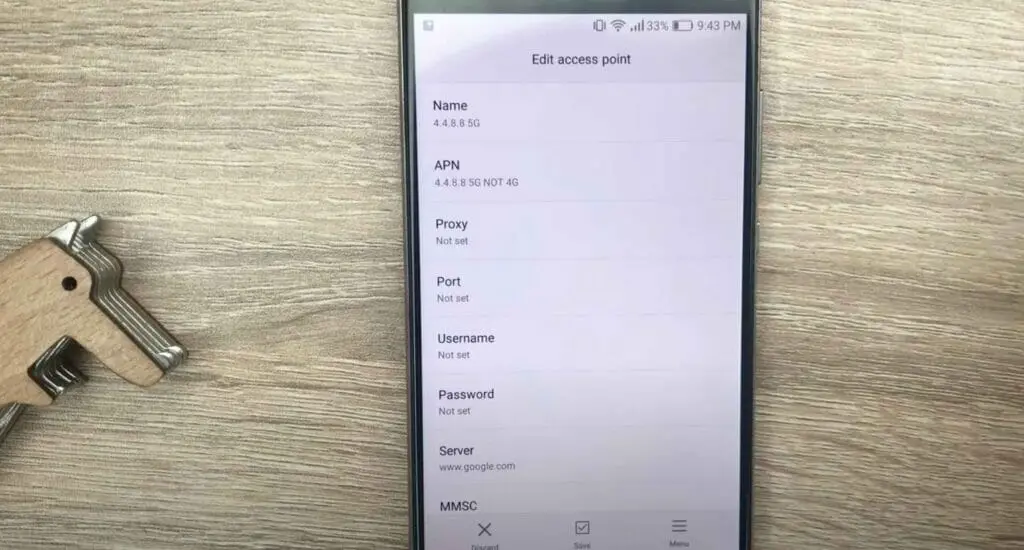
5. Username and Password: Some service providers require a username and password. If not provided, these fields can be left blank.
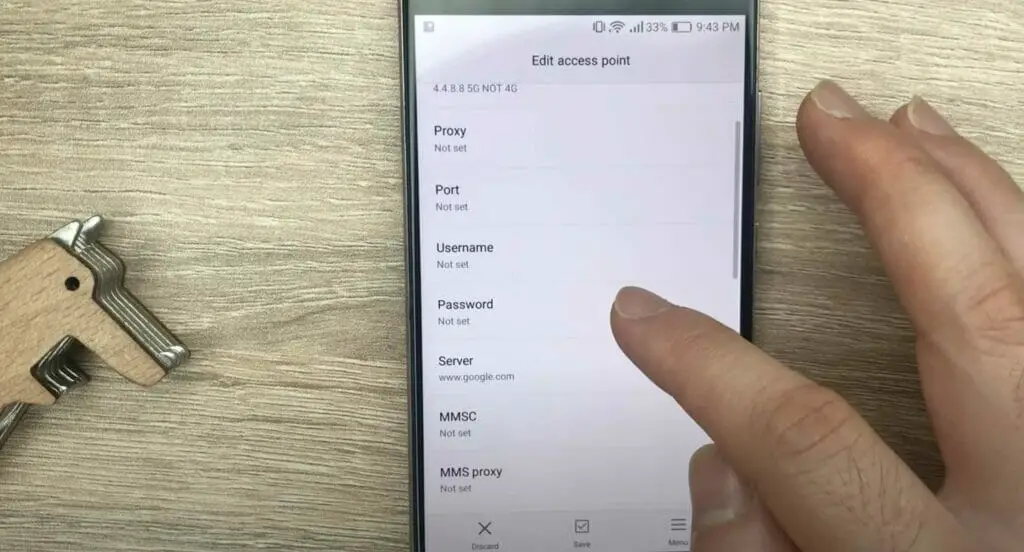
6. Server: It’s a server that your device connects to. Leave it blank if your network provider does not give it.
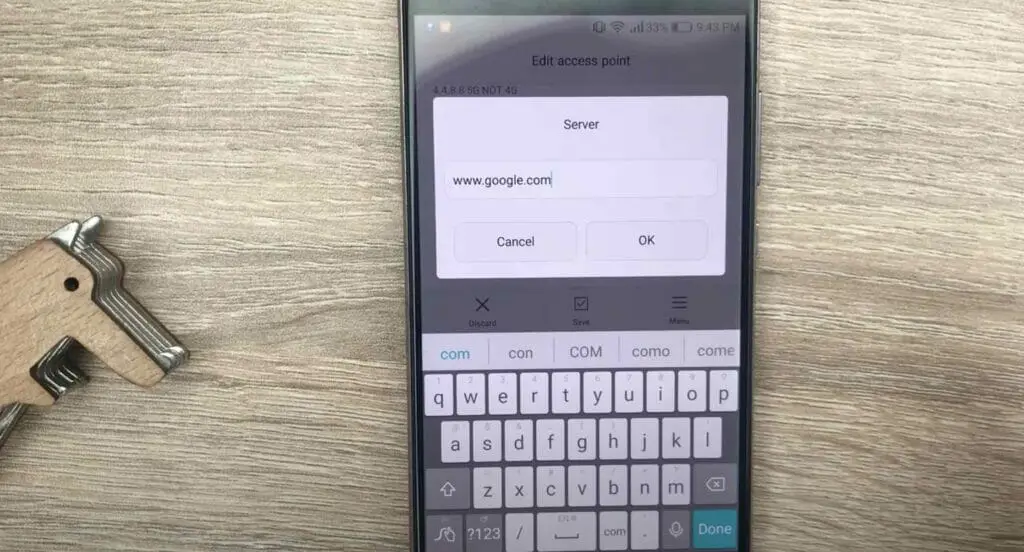
7. MMSC: This is the URL of the Multimedia Messaging Service Center (MMSC). This setting is required for MMS functionality.
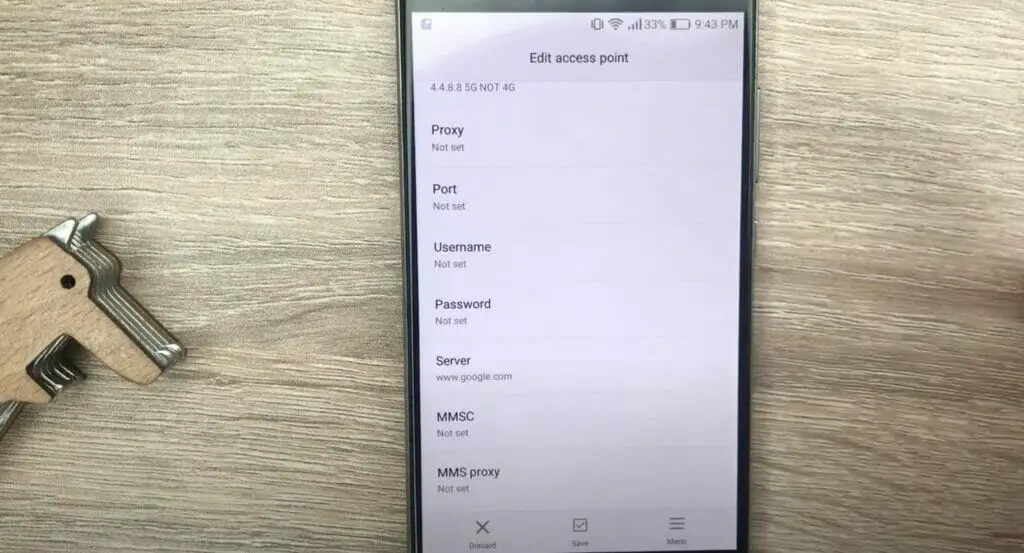
8. MMS Proxy and MMS Port: These are similar to the Proxy and Port settings but are used specifically for MMS.
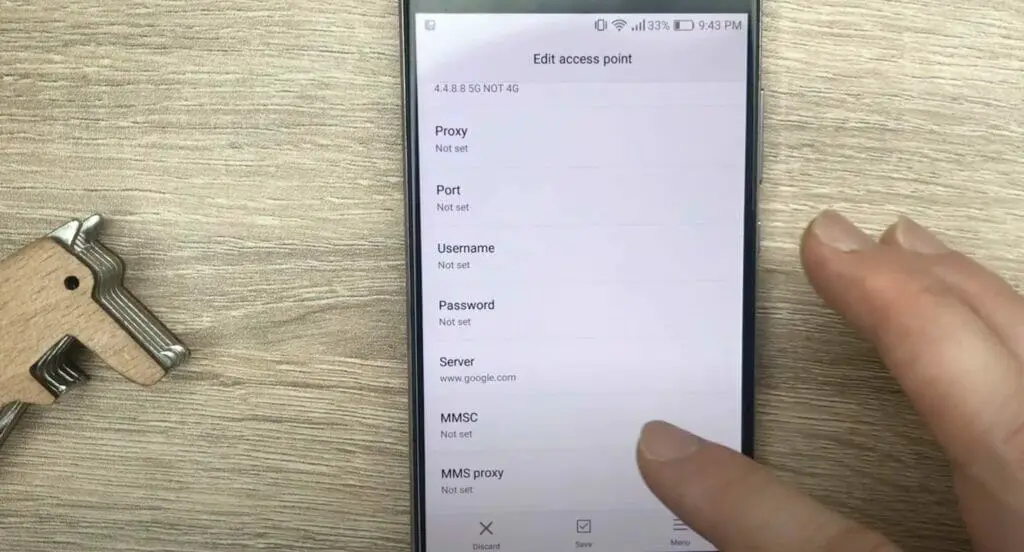
9. MCC (Mobile Country Code) and MNC (Mobile Network Code): These codes identify the carrier. They are usually pre-set in smartphones by the manufacturer and are only changed if you are manually configuring your device’s settings.

10. Authentication Type: This setting identifies the authentication type to use. The most common options are None, PAP, CHAP, PAP, or CHAP.
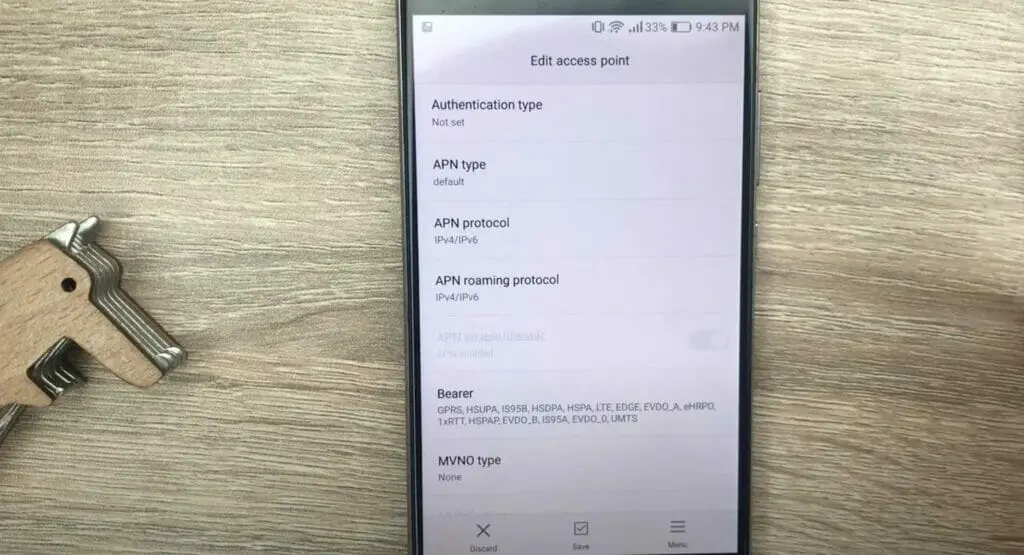
11. APN Type: This determines the type of service the APN is used for. Common types include default, mms, supl, fota, dun, hipri, etc.
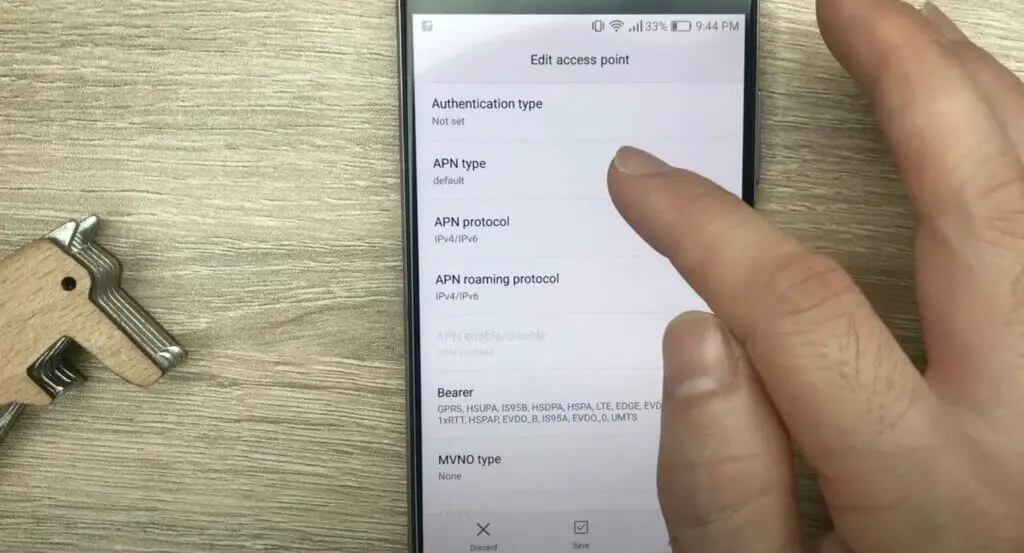
12. APN Protocol and APN Roaming Protocol: These settings determine the protocol for data transfer. It’s typically IPv4, IPv6, or both.
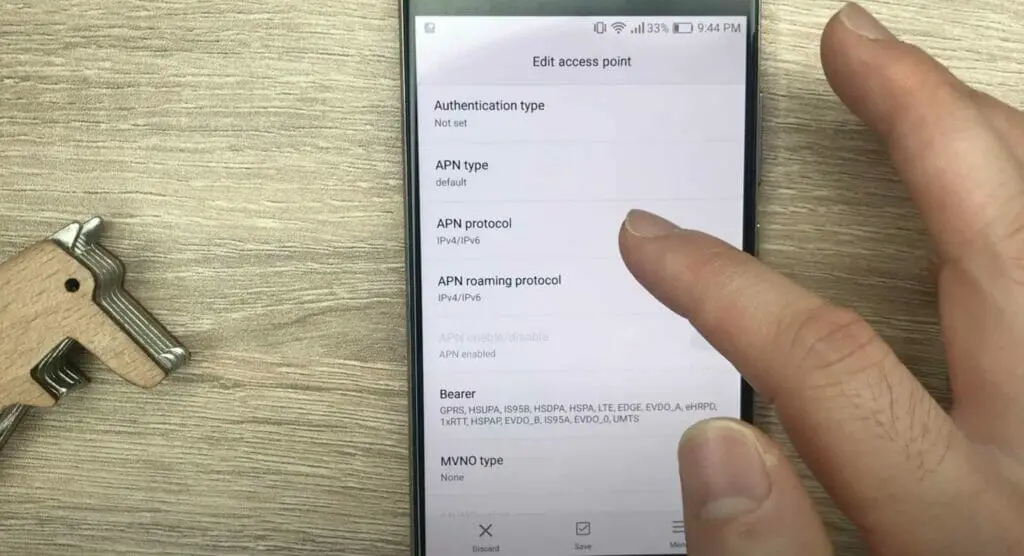
Remember, these settings are network-dependent, so checking with your mobile network provider for the exact details is best. Also, incorrect settings could prevent your device from connecting to the internet or receiving MMS messages.
The Architecture of an APN
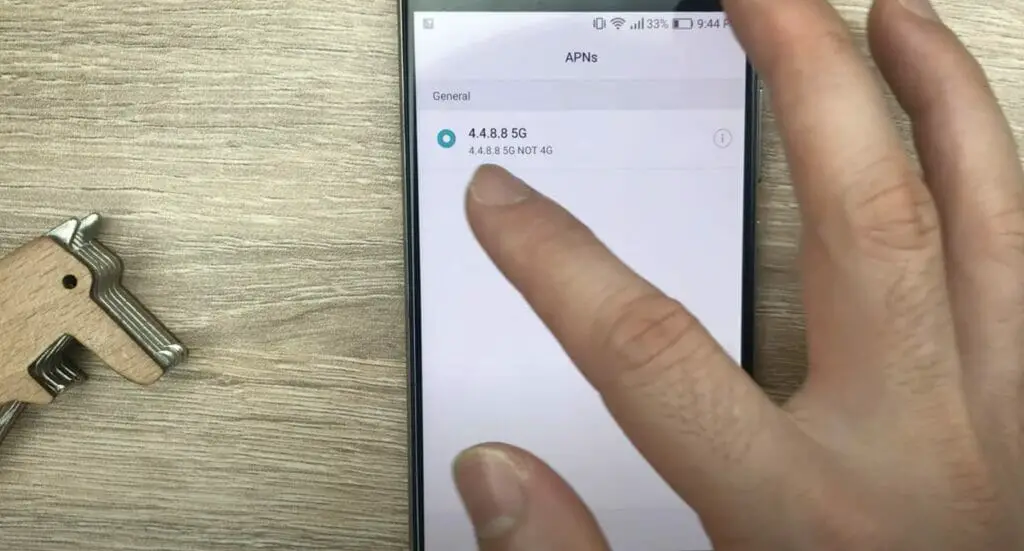
Let’s dive right into the architecture of an APN (Access Point Name). Remember, it’s not as complicated as it sounds. So, what exactly is the structure we’re talking about?
An APN primarily consists of two key components: the network and operator identifiers.
First up is the network identifier. This bad boy defines the services accessed using this particular APN.
It’s like a label on a box telling you what’s inside – it could be internet services or something more specific like multimedia messaging.
Next in line is our friend, the operator identifier. Its job? To show which public land mobile network (PLMN) will be used for this APN. In simpler terms, it tells us which cell phone carrier we’re dealing with.
Now, here are some fun facts for you:
- An IP address is assigned to each device when they connect to an APN.
- The IP address could be static or dynamic – similar to home Wi-Fi networks!
| Type | Brief Explanation |
|---|---|
| Static IP Address | The device always uses the same IP address every time it connects |
| Dynamic IP Address | The device gets a new IP address each time it connects |
Alright then! Now you know about these two main components that make up an APN’s architecture and how devices get their unique addresses when connecting to one, let’s dive deeper into why you need it.
Importance of APNs in Mobile Data Communication

You know, there’s something that we often overlook when talking about mobile data communication. It’s the APN or Access Point Name. You see, without it, our smartphones wouldn’t be as smart!
This often-underestimated setting is pivotal in how our devices connect to the Internet.
As mentioned, the key job of an APN is to be a gateway between your mobile network and the Internet. It’s like a translator that assists your phone to communicate with the web world.
Without this crucial link, you’d be left high and dry without Internet access on your mobile device!
Now let me tell you something interesting – not all APNs are created equal! They can vary based on your service provider or even by what type of data plan you have.
Some are specifically designed for internet browsing, while others might be tailored for multimedia messaging services (MMS).
Ever wondered why sometimes you face issues sending picture messages? Well, it could be due to incorrect MMS APN settings. So yes, these little guys aren’t just important; they’re downright essential!
But here’s where things get tricky: if you’ve ever tried to configure an APN (maybe when switching carriers) manually, you’ve likely seen how complex it can get.
So many settings are involved – MMSC, MCC, MNC…the list goes on and on!
- MMSC: Multimedia Messaging Service Center
- MCC: Mobile Country Code
- MNC: Mobile Network Code
Remember this: Having correct APN settings isn’t only about staying connected and getting optimal performance from your carrier’s network.
The Role of APNs in 4G and 5G Networks
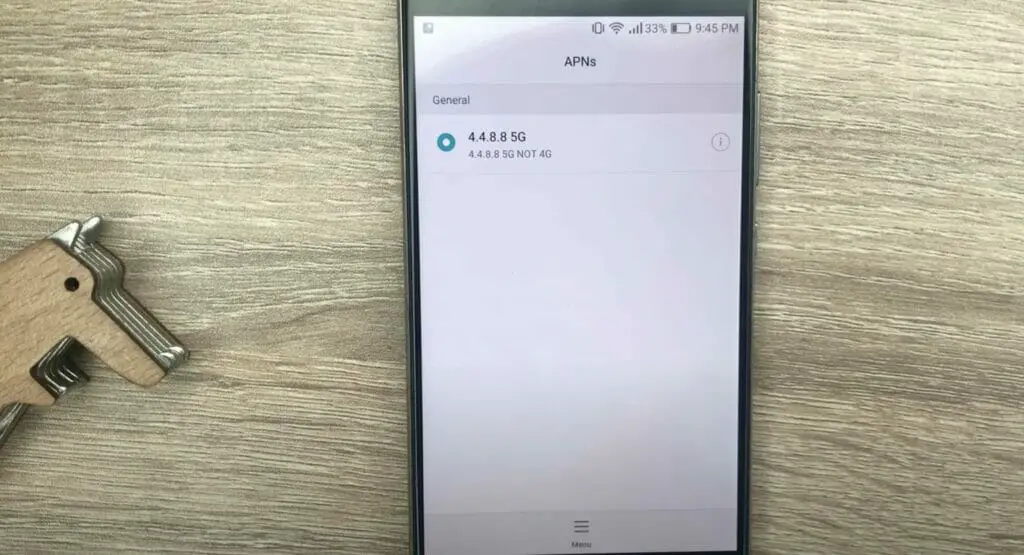
With the rise of advanced mobile networks like 4G and now 5G, APNs are more important than ever.
APNs’ roles can vary significantly depending on whether you use a 4G or a 5G network.
When we talk about 4G networks, it’s all about speed and reliability for data transfer.
Here, your APN settings will determine which IP addresses your device can use, whether it can connect to specific private networks within the carrier’s system, and even if certain types of data usage are allowed.
On the other hand, 5G networks aim to revolutionize how devices communicate by offering faster speeds and lower latency times than their predecessors.
This means that APNs in this context have even more responsibilities.
They must manage how devices connect to standard internet services and emerging technologies such as IoT (Internet of Things) applications or real-time video streaming services.
Here’s a quick breakdown:
| 4G Networks | 5G Networks | |
|---|---|---|
| Speed | Fast | Faster |
| Latency Times | Low | Lower |
| Usage Types Allowed? | Yes (specified by APN settings) | Yes (across multiple platforms) |
As you can see, while both networks rely heavily on well-configured APNs for seamless operation, there is an added complexity when dealing with 5Gs due to their broader integration capabilities.
APN Types and Their Specific Functions
Now, onto the juicy bit – Types of APNs. There are mainly two types:
- Internet APNs
- WAP (Wireless Application Protocol) APNs
Let’s talk about Internet APNs first. This type connects us directly to the internet).
Next up: WAP or Wireless Application Protocol APNs. These fellas handle everything related to multimedia messaging services (MMS), for example, sending or receiving picture messages.
Here are some facts:
| Internet | WAP | |
|---|---|---|
| Messaging Apps (like WhatsApp) | ✔️ | |
| Browsing Webpages | ✔️ | |
| MMS | ✔️ |
As you can see from this handy table above, each type has specific functions depending on your needs. You might be thinking now: “Great info! But how does this affect me?”
Well, think of it this way: understanding these types helps you troubleshoot connection issues better since you know where to look when things go wrong.
Security Implications Associated with APNs
Alright, let’s talk about the security implications that come along with using APNs. While they largely bring convenience and efficiency to our world of technology, it’s crucial to understand some potential risks.
One primary concern is Unauthorized Access. If your APN settings are not properly configured or secured, your device might be vulnerable to unauthorized access.
Bad guys can manipulate these settings and gain access to your data – nobody wants that!
Another risk factor is Data Leakage. Your APN connects you to your network provider’s gateway, which connects you to the internet.
If there’s a breach at any point in this chain, your data could leak into places you don’t want it going.
Then we have the biggie: Malware Attacks. Malicious software can be transmitted through poorly secured networks or gateways associated with an insecure APN setting.
This malware can wreak havoc on your device and compromise sensitive information.
Frequently Asked Questions (FAQs)
Over the years, I’ve found that my readers have several common questions about Access Point Names (APNs).
To help everyone understand this topic better, I’ve collected and answered some of the most frequently asked questions below:
1. What is an APN used for?
An APN, or Access Point Name, is a gateway between your mobile device and your service provider’s cellular network. It’s essential for accessing the internet via cellular data. Without an APN, your device cannot connect to the internet or send multimedia messages.
2. Do I need to change my APN when switching carriers?
Yes, usually. When you switch to a different carrier, your new service provider will typically provide you with new APN settings that must be updated on your device. Most smartphones do this automatically when you insert a new SIM card, but sometimes, manual input might be required.
3. Can incorrect APN settings affect my mobile data usage?
Absolutely. If your APN settings are incorrect, you may face problems accessing the internet or sending multimedia messages. It can also impact the speed and reliability of your mobile data connection.
4. Are all APNs the same?
No, they aren’t. Depending on the data plan, different mobile carriers have different APNs; even the same carrier may have different APNs. Some APNs are specifically designed for internet browsing, while others might be tailored for multimedia messaging services (MMS).
5. Are there any security risks associated with APNs?
Yes. If APN settings are not properly configured or secured, your device could be vulnerable to unauthorized access, data leakage, or malware attacks. It’s important to ensure that your APN settings are correct and secure to prevent these potential risks.
6. What’s the difference between APNs in 4G and 5G networks?
While both 4G and 5G networks rely on APNs for connectivity, the roles of APNs can vary significantly between the two. For instance, 5G networks often use APNs to manage connections to advanced services, like IoT applications, real-time video streaming, and standard internet services.
References
Organizations:
- Internet Engineering Task Force (IETF). https://www.ietf.org/
Websites:
- TechTarget. https://www.techtarget.com/
- Cisco. https://www.cisco.com/
- Android Central. https://www.androidcentral.com/
Video References:
APN Settings
Make knowledge free

